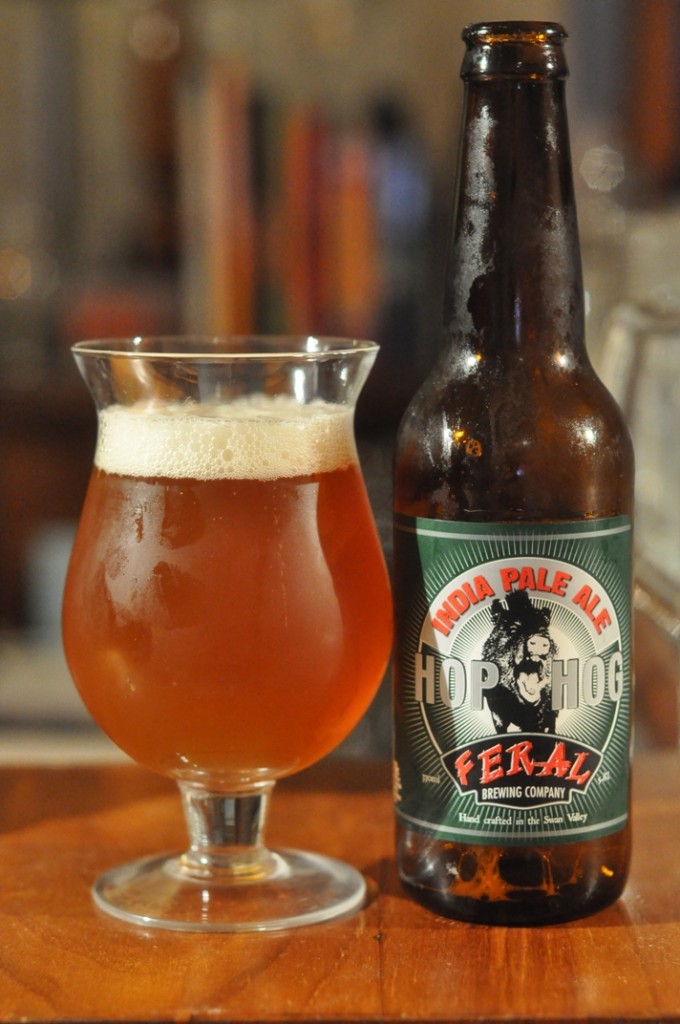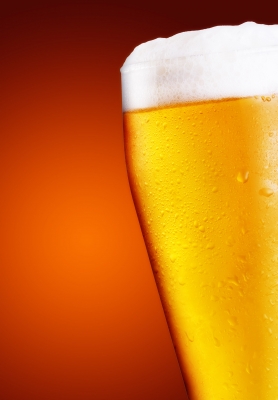Some would say a great glass of champagne will remain forever etched into your memory forever.
The basics: What does cru mean?
Q: If my champagne bottle has “grand cru” or “premier cru” on the label, and a price tag to match, what am I actually paying for?
When we use cru to describe Champagne, what we’re really talking about is real estate – where those grapes were grown.
A Premier Cru or Grand Cru stamp must contain 100% premier cru or grand cru grapes respectively.
A bottle of champagne can be made with cru grapes, but unless it’s entirely cru grapes it can’t be used on the label.
Simples?
Okay…sure, but what does “cru” really mean?
Let’s take a step back in time, and learn how premier crus and grand crus came into existence.
You’re going to want to know this, because if you do you’ll understand why it doesn’t provide the guarantees you may think!

Cru is a throwback to a post-World-War-I method of land evaluation.
The cru system ranks villages within the Champagne region of France according to their “terroirs” (or overall environments) and potential for grape harvest.
A village with an optimal terroir is placed at the highest rung on the proverbial Échelle des Crus (translated as “ladder of growth”), while a slightly less favourable terroir is assigned a lower-rung status…and so on.
Which is better – Premier Cru or Grand Cru?
Of the more than 300 wine-producing villages in Champagne, 17 are categorised as “grand cru” (“great/best growth”) and 44 are listed under the marginally-less-extraordinary “premier cru” (“first growth”) label.
What this means to you as a champagne drinker is Grand Cru is supposed to be the absolute best, with Premier Cru a close second.
But… there’s more to it than that, so read on.
What about the non-cru regions of Champagne?
We’ve determined 61 regions of Champagne benefit from a cru status, so what about the non-cru regions?
Unfortunately for them, those remaining 239 regions don’t get a look in. Cru status: denied.
Yet many of those regions yield amazing grapes and some wonderful champagnes. Some better than Premier Cru, and some arguable better than Grand Cru.
Frozen in time: The Premier Cru vs Grand Cru system hasn’t changed in almost a century!
Impressive as they sound, cru assignments have remained the same since the system began. An issue don’t you think?
Regions who were granted top tier cru status at the turn of the 20th Century still enjoy the same prestige at the turn of the 21st!
That means the system makes no account for changes in climate, farming techniques or production procedures that have occurred over the past hundred years or so.
You know as well as I do how much the climate has changed since then – it’s constantly on the news!
Not only that, but the cru system doesn’t discriminate when it comes to vineyards, either.
Consider this:
An outstanding vineyard that just happens to exist outside the borders of a cru-designated village can never hope to achieve a cru classification, yet a lackluster one within the borders can.
Which one has the biggest price tag?
Does cru affect quality and/or taste?
Yes, but not in the ways you’d expect.
Contemporary champagne producers seem to be in agreement that, in today’s wine world, cru is more a matter of personal preference than of measurable quality.
For example, Pierre Larmandier of Champagne Larmandier-Bernier admits “while grand cru sites may possess the best terroirs on average, a great premier cru vineyard can often yield better fruit than a grand cru winery.”
Some winemakers even refuse to limit their champagnes to a single cru, opting instead to blend grapes from a variety of territories across the cru spectrum.
Case in point: Didier Gimonnet of Champagne Pierre Gimonnet & Fils proudly avoids the grand cru label, stating in The Champagne Guide 2014-2015 “We have no grand cru blends, because the wines are better balanced when they’re blended with premier crus”.
The operative word there is “balanced.”
For 21st-century oenophiles, the idea of cru classification conjures up specific flavours rather than specific degrees of excellence.
Indeed, Duval-Leroy Chef de Cave, Sandrine Logette-Jardin, credits the steeper slopes of the grand cru villages with creating a “different level of maturity” for their grapes, resulting in a bolder wine.
Similarly, Didier Gimonnet cites premier cru grapes as providing the signature freshness for the Gimonnet taste profile.
How can you decide between a Premier Cru or Grand Cru?
The beauty of champagne is that you don’t have to.

No one “in the know” will judge you for favouring one cru over another, or for selecting an artfully crafted mixture of several crus instead.
Even Veuve Clicquot Chef de Cave, Dominique Demarville, told The Champagne Guide that vineyard designation wasn’t necessarily the best way to assess the greatness of a wine.
So whether you opt for premier cru, grand cru, a balanced blend, or no cru at all, the general rule with this type of classification is to let your taste buds – and not your labels – be your guide.




Leave a Reply